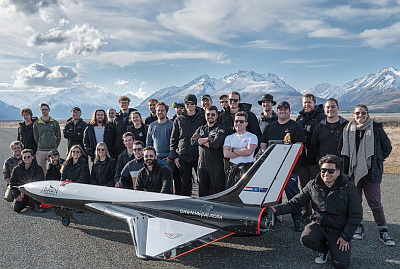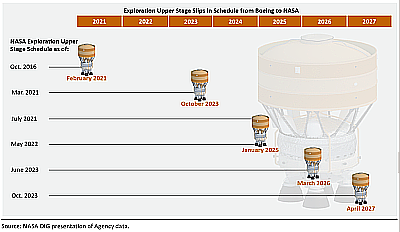Russia launches Progress cargo spacecraft to ISS
Russia tonight (August 15th in Russia) successfully launched a Progress freight to ISS, its Soyuz-2 rocket lifting off from the Baikonur spaceport in Kazakhstan.
Rendezvous and docking with ISS scheduled for August 17, 2024 in the early morning.
The leaders in the 2024 launch race:
80 SpaceX
33 China
10 Rocket Lab
9 Russia
American private enterprise still leads the rest of the world combined in successful launches 95 to 50, while SpaceX by itself still leads the entire world combined, including American companies, 80 to 65.
Russia tonight (August 15th in Russia) successfully launched a Progress freight to ISS, its Soyuz-2 rocket lifting off from the Baikonur spaceport in Kazakhstan.
Rendezvous and docking with ISS scheduled for August 17, 2024 in the early morning.
The leaders in the 2024 launch race:
80 SpaceX
33 China
10 Rocket Lab
9 Russia
American private enterprise still leads the rest of the world combined in successful launches 95 to 50, while SpaceX by itself still leads the entire world combined, including American companies, 80 to 65.














